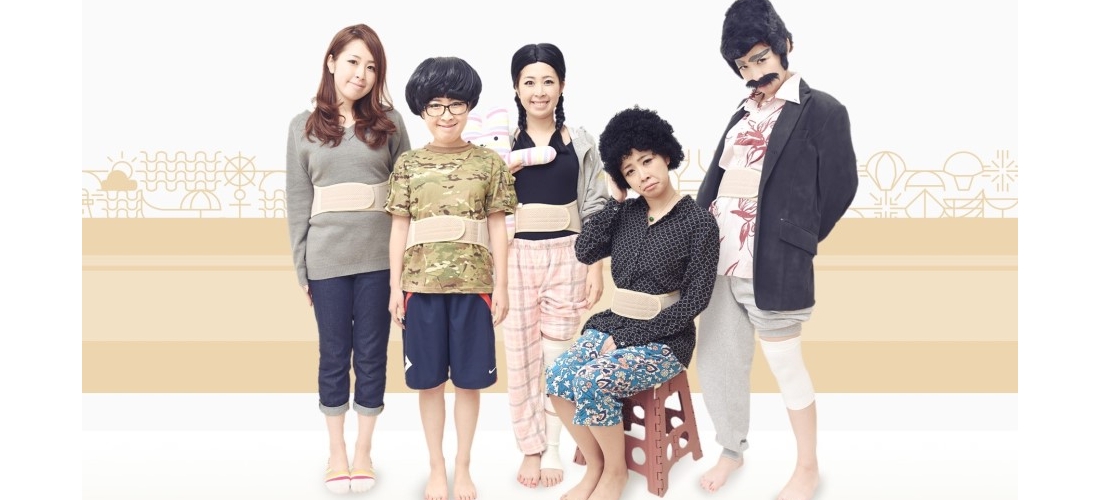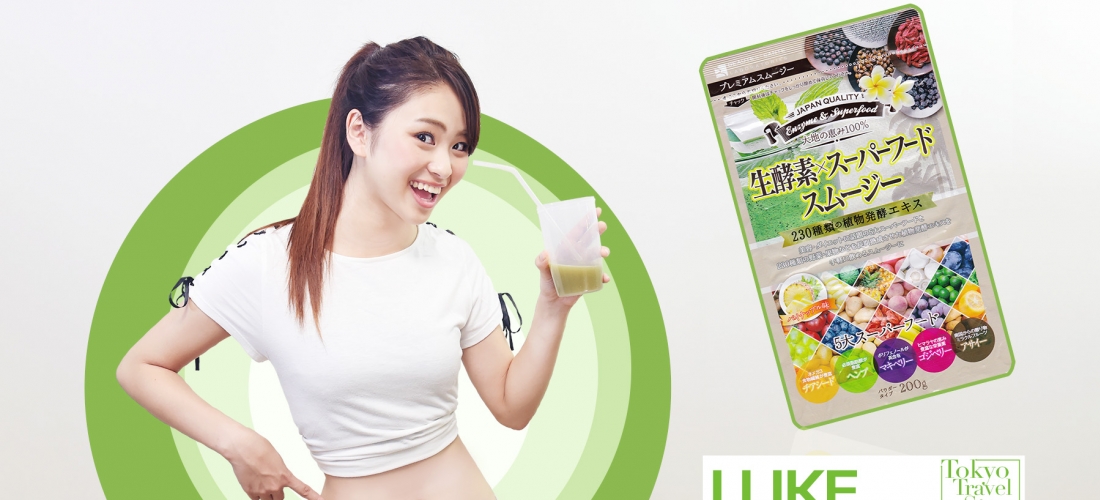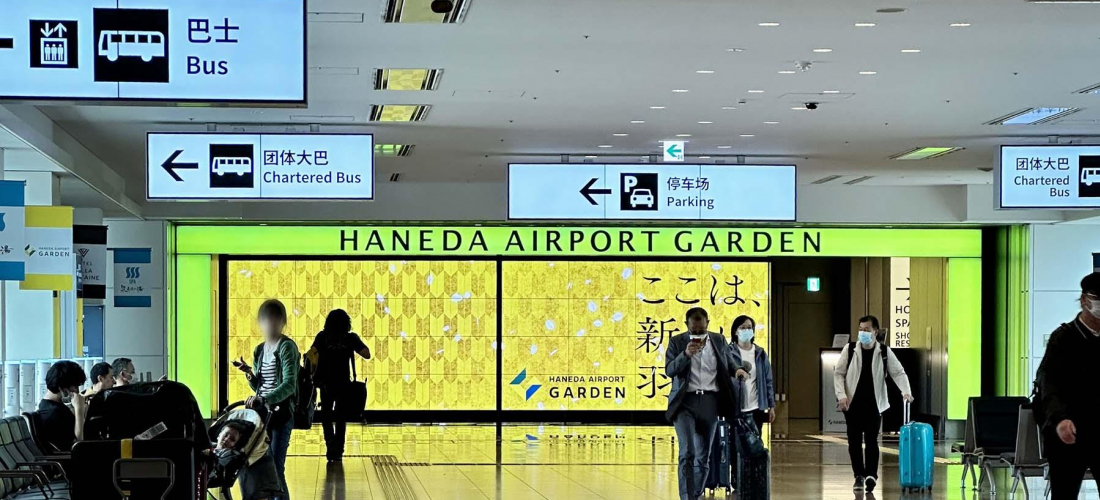
CONTENTS
This time we are going to talk about a large shopping facility in Shinjuku, Seibu Shinjuku Pepe. We have actually written about Seibu Shinjuku Pepe before, but this time we are going to mention some of the latest stores with current trends that you can find here in Japan. Along with other "things to do in Shinjuku" information.
In past articles, JAPANKURU mostly introduced stores for useful daily life items, such as a 100 yen shop, and a yummy dessert and sweets stores. If that is something you are interested in, you can see read more about it through the links below.
Eat and Shop at Seibu Shinjuku PePe
Shinjuku PePe CAN DO and Other Essential Shopping
Visiting Popular Tourist Spot Kawagoe from Seibu Shinjuku Station
Seibu Shinjuku Station mainly consists of a railroad connecting Saitama Prefecture's main station Kawagoe and Tokyo. There are many people who commute to Tokyo from Saitama, but this line is also known for those who visit the old Edo town Kawagoe.
Kawagoe is a place where you can get to from Tokyo in an hour and is a splendid sightseeing spot where you can feel Japan's Edo period. There are plenty of places to attract travelers, such as stores dressing you up in kimonos, Hikawa Shrine (氷川神社), and walking in front of the monument time bell tower "Toki no Kane".
Seibu Shinjuku PePe

-3F
Official homepage link
 Eyewear Store: Zoff
Eyewear Store: Zoff
Zoff is an eyeglasses brand boasting a reputation of being known by everyone in Japan. The Seibu Shinjuku Pepe Zoff store has about 1,000 different kinds of frames, and it is possible to get your new glasses on the same day of purchase.

-4F
Official homepage link
Seibu Shinjuku Pepe has a musical instrument store called Shimamura Music. As a musical instruments specialty store, it is one of the largest in the Shinjuku area, mainly to be divided into guitar, classical, and digital sections. We wondered if going to a musical instrument store while traveling in Japan was actually a thing. However, once we took a look around there were actually a lot of foreign tourists visiting the shop. Once we got more information, it made sense to why it is so popular. There are three main reasons, one, the store is tax-free. Two, Japanese made instruments are worldwide famous, and lastly because of the wide range of sheet music.

-6F
Official homepage link
Shinjuku Pepe Gourmet Information
 Soft and Sweet Bread: Komeda Kinsei Yawaraka Shiro-Coppe (やわらかシロコッペ)
Soft and Sweet Bread: Komeda Kinsei Yawaraka Shiro-Coppe (やわらかシロコッペ)
From sweet desserts to meals, Seibu Shinjuku Pepe also has various gourmet shops. For example, there is a yummy super soft bread sandwich type of shop on the 2nd floor. We say sandwich, but it's called "koppepan" (コッペパン).
They basically take bread similar to a hot dog bun, and make both savory and sweet bread snacks out of them. And Japanese people LOVE it and for many it takes them back to when they were younger.
The most popular item from the menu is said to be a mixture of sweet red beans and whipped cream. The simple combination of the Japanese sweet red beans, whipped cream, and a thin spread of butter with the super soft bread is surprisingly addictive. (Ogura Whip (小倉ホイップ), 280 yen)
Since it is near the ticket gate of Seibu Line, you can eat it on the train while you are on your way to Kawagoe.

-2F
Official homepage link
 Cute Mini Crepes: Wrapped Crepe Korot
Cute Mini Crepes: Wrapped Crepe Korot
When it comes to hand foods, crepes in Japan cannot be left out. Wrapped Crepe Korot sell a unique type of crepe that we have never seen before. The main concept of crepes is eating them right then and there, but here they sell the fresh crepes wrapped in a cute mini size. Making it so you can eat even once you get back to your hotel room later that day.

-2F
Official homepage link
 Daily Fresh Tapioca Milk Tea: Pearl Lady
Daily Fresh Tapioca Milk Tea: Pearl Lady
Boba tea, tapioca milk tea, bubble tea, regardless of what you call it, it is a yummy drink that people all around the world know and love. Lately there has been a big boba tea boom in Japan which is why we wanted to mention the shop, Pearl Lady. Boba tea originated in Taiwan, and here also you can try it in all kinds of flavors.
Pearl Lady is said to have made the first factory Japan and they also only use Japanese made ingredients.
With that in mind we recommend putting off a cup of coffee once and try Tapioca milk tea.

-2F
Official homepage link
Steak, Sushi, and more! Restaurants and Cafes
Apart from the shops we introduced above, there are about 9 restaurants and cafes at Seibu Shinjuku Pepe. Since there are plenty of restaurants in Shinjuku, do you need to go to any of these places here? Restaurant information at Seibu Shinjuku Pepe is very important and useful information.
Shinjuku Entertainment
After a day of shopping at Seibu Shinjuku Pepe the sun had suddenly started going down. Around this time, Shinjuku is one of the largest entertainment districts in Tokyo with facilities such as bars lined up one after the other. But what is great about Shinjuku is that you do not have to leave Shinjuku even if you don't drink. There are plenty of activities and things to do in Shinjuku that is great to do that are not bars or clubs.
 VR ZONE SHINJUKU
VR ZONE SHINJUKU
VR ZONE SHINJUKU is a VR entertainment facility that opened in July 2017. This place was a very hot topic in Japan before it even opened. Despite its name, you can do so much more than watching VR images.
VR ZONE SHINJUKU takes things to the next level by including attractions and games that include VR. Things like Mario Kart Arcade Grand Prix VR, and a bike that flies through the sky "Hanchari" are always super popular.

1-29-1 Kabukicho, Shinjuku, Tokyo

-No holidays
Age: 7 years old and over
(Those under the age of 13 need consent from parents)
(Depending on the activity, please check HP for details)

VR ZONE SHINJUKU Homepage (English)
 ROBOT RESTAURANT
ROBOT RESTAURANT
It is hard to talk about Shinjuku without mentioning Robot Restaurant. Robot Restaurant is within Shinjuku's old red light district Kabukicho and it is not an exaggeration to say that it is a massive representative of Japan's entertainment. Although it is said that the total production cost took only 10 billion yen, you can see a flashy, powerful robot show that goes beyond and above that budget. Since this big flashy show is such a MUST VISIT spot in Tokyo for so many, we felt it was worth mentioning. If you do go, be sure to print off the 2000 yen coupon (click here!)!

1-7-1 Kabukicho Shinjuku-ku Tokyo

(*doesn't include meal, can add lunch box for an added 1,000 yen*)

Inquiry hours: 9:00am to 10:00pm
Online reservations here!

ROBOT RESTAURANT Homepage (English)
 inSPYre
inSPYre
Inspire is a facility where you can play escape games, which has only recently started popping up here in Japan. Here you become a spy and clear all a number of missions giving from headquarters. Instructions are available in English, Chinese, and Japanese so there should be no worries about language barriers.
More than anything, since it is open until 5am the next day, it makes the perfect all-nighter nightlife entertainment.
Tokyo's Newest Spy-themed Escape Room – InSPYre

Humax Pavilion Shinjuku Kabuki-cho 6F, 1-20-1 Kabuki-cho, Shinjuku-ku

*Final game is at 4:30am


inSPYre Homepage (English)
A lot of times when you look up Shinjuku, the following word is "shopping". But often when you try to shop, the busy areas can sometimes be a bit too much and difficult to take your time to look around. Which is why we like and recommend Seibu Shinjuku Pepe. If you plan to travel to Tokyo this fall and want to go shopping, we would like this shopping mall that has practically everything!

1-30-1 Kabukicho, Shinjuku, Tokyo

Stay tuned for new, original articles every day on JAPANKURU
Or add us on Google+, Instagram, Facebook to share your Japanese pictures
Details
NAME:Seibu Shinjuku PePe
MAP
1-30-1 Kabukicho, Shinjuku, Tokyo
ACCESS:Seibu Shinjuku Station
CONTACT TEL:03-3232-7777

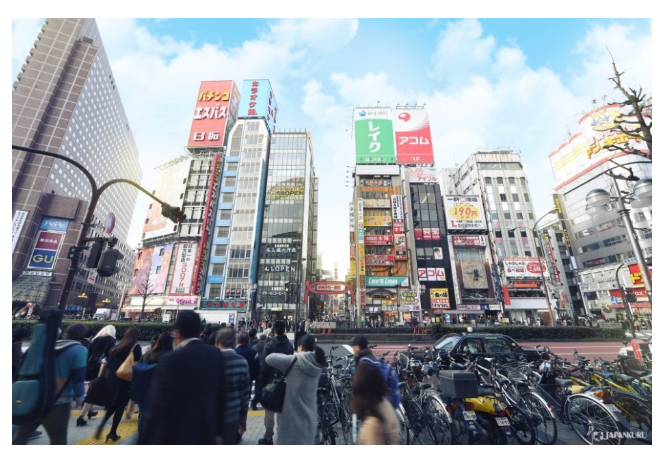
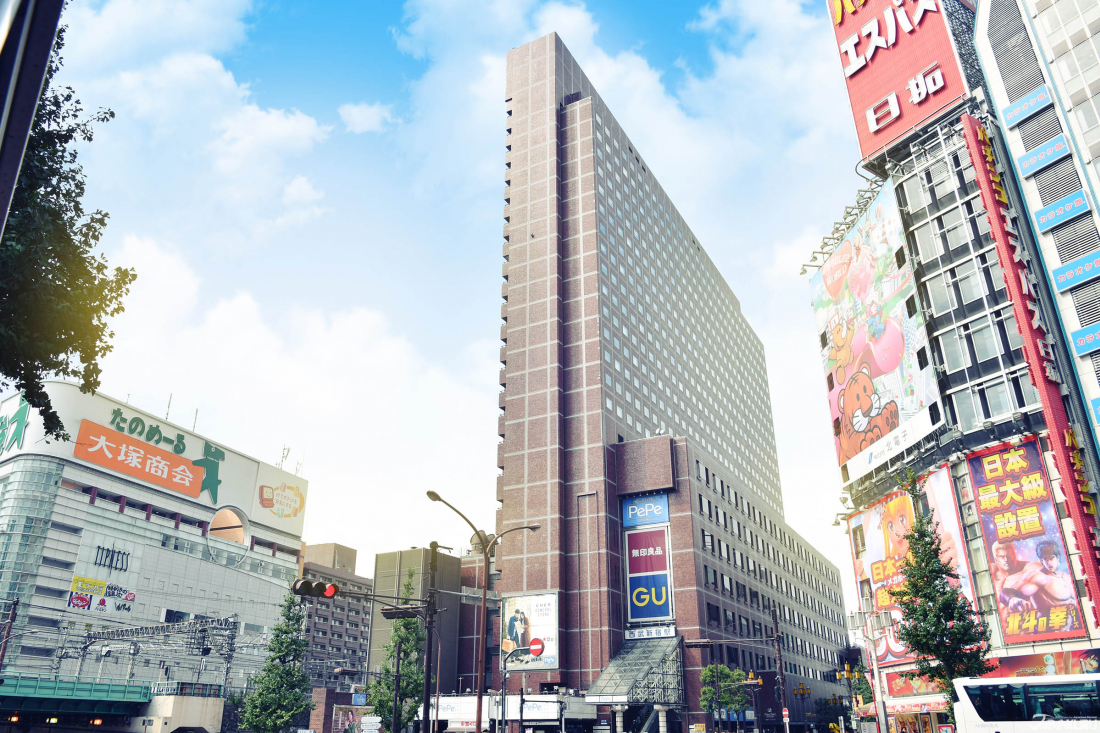
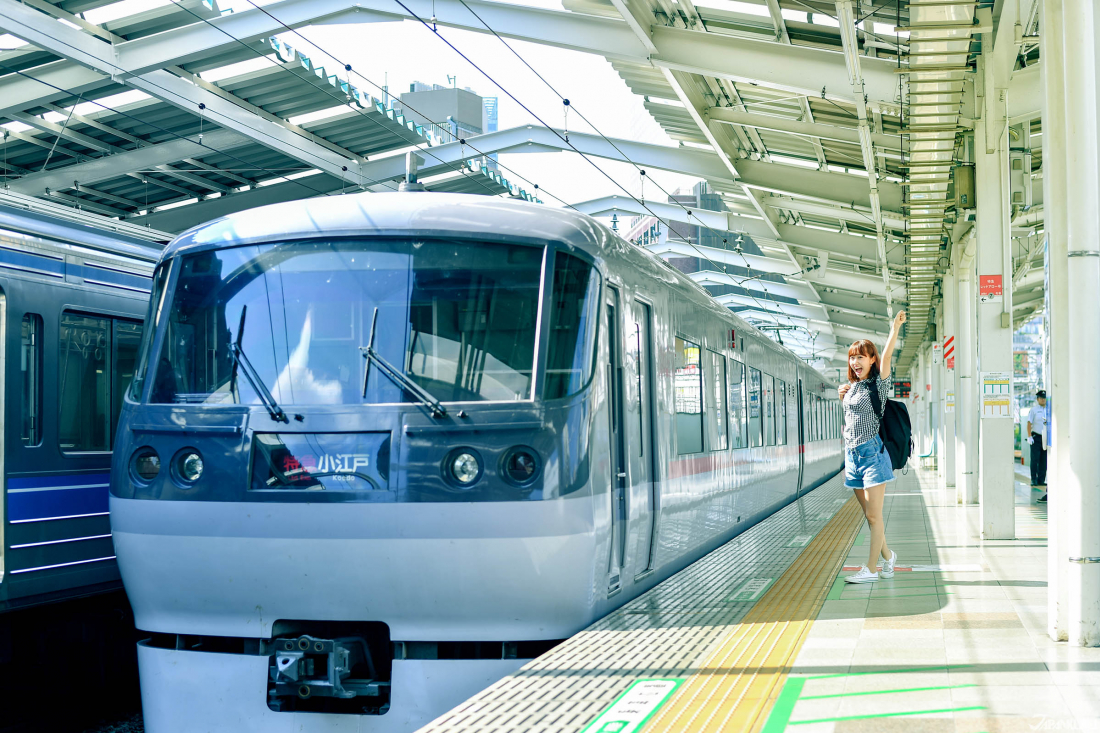
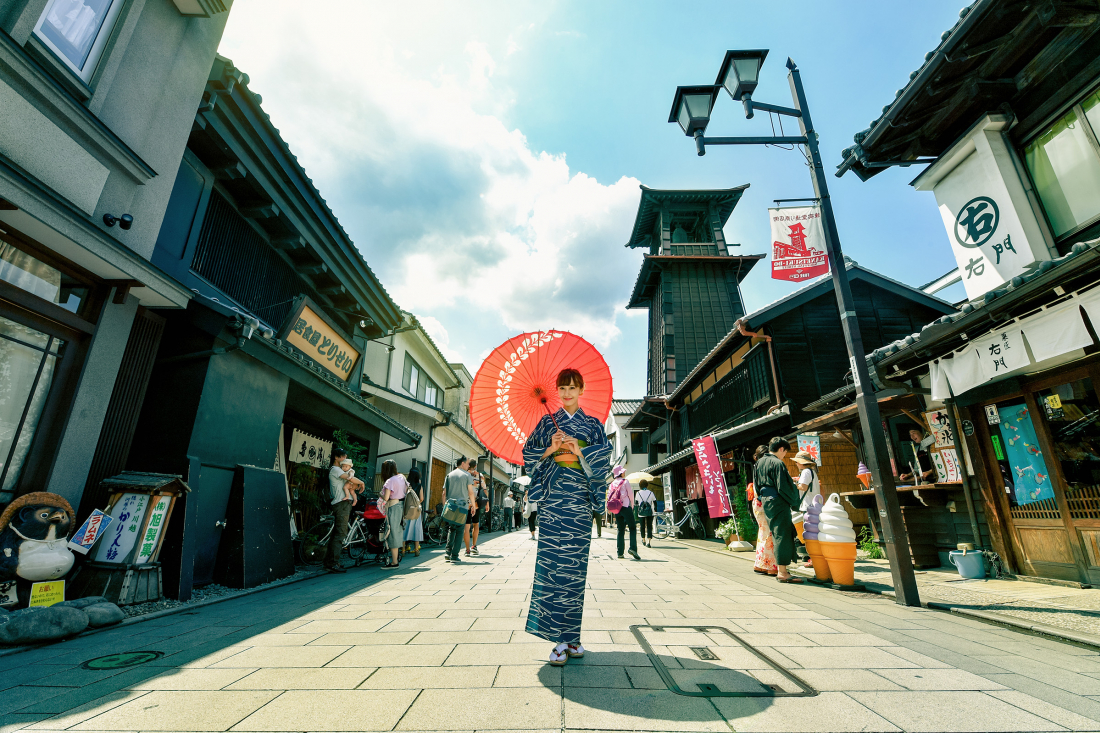
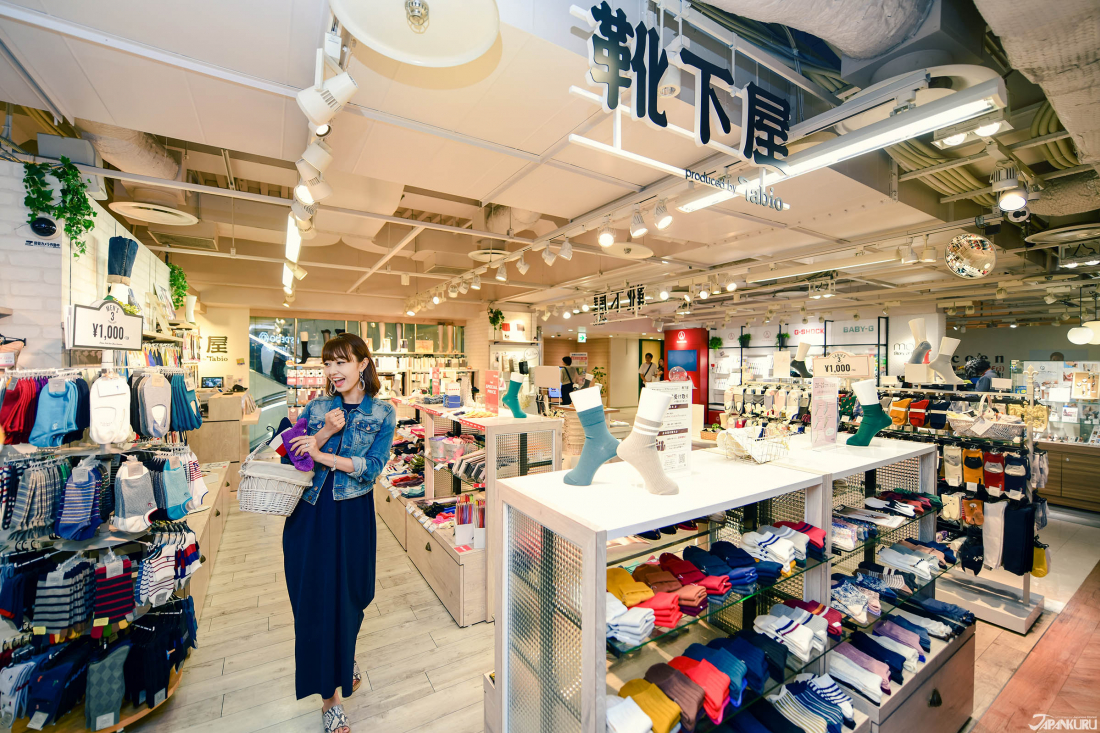


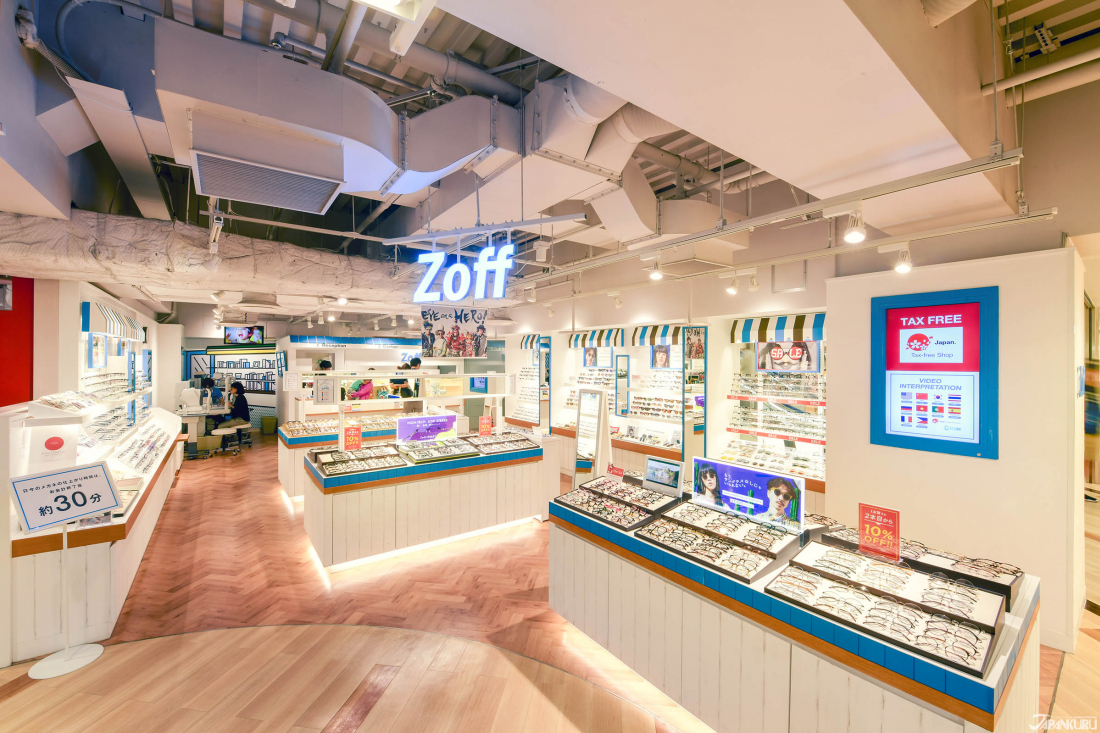


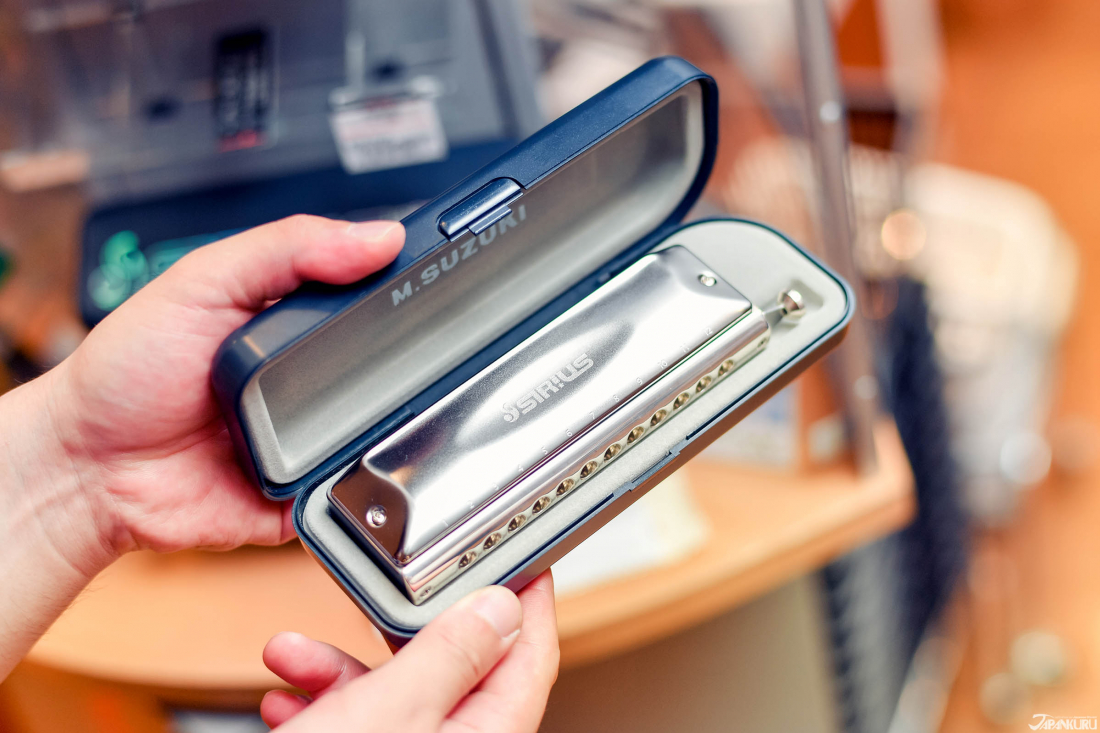
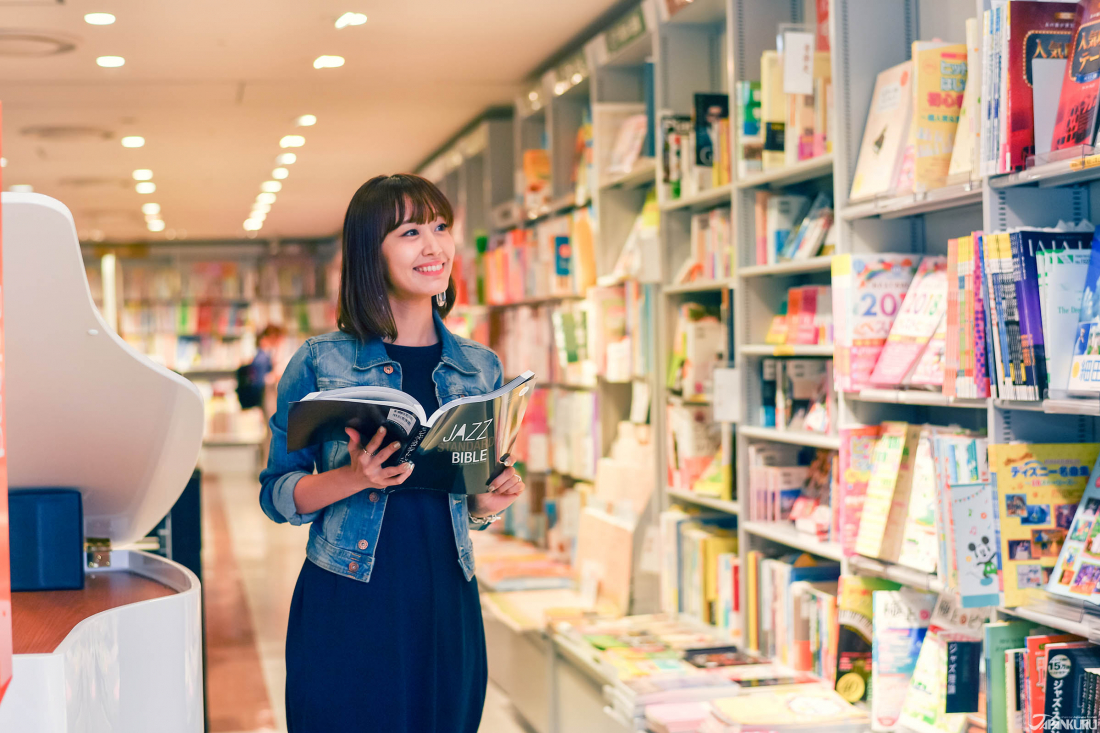

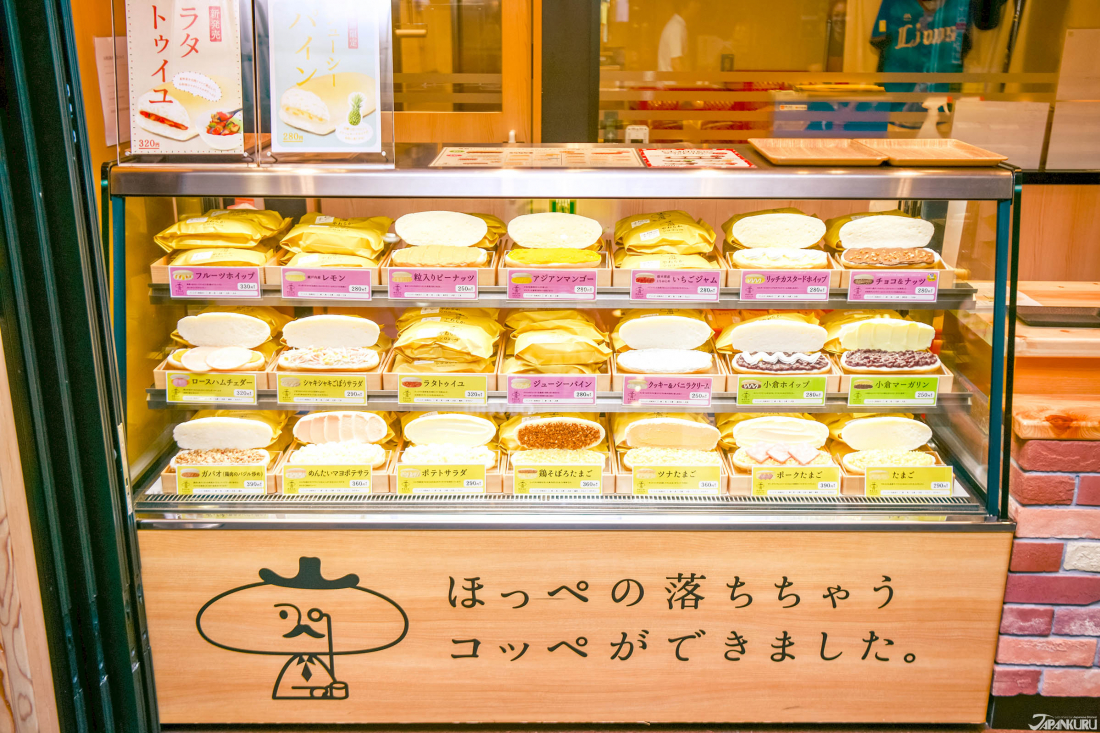
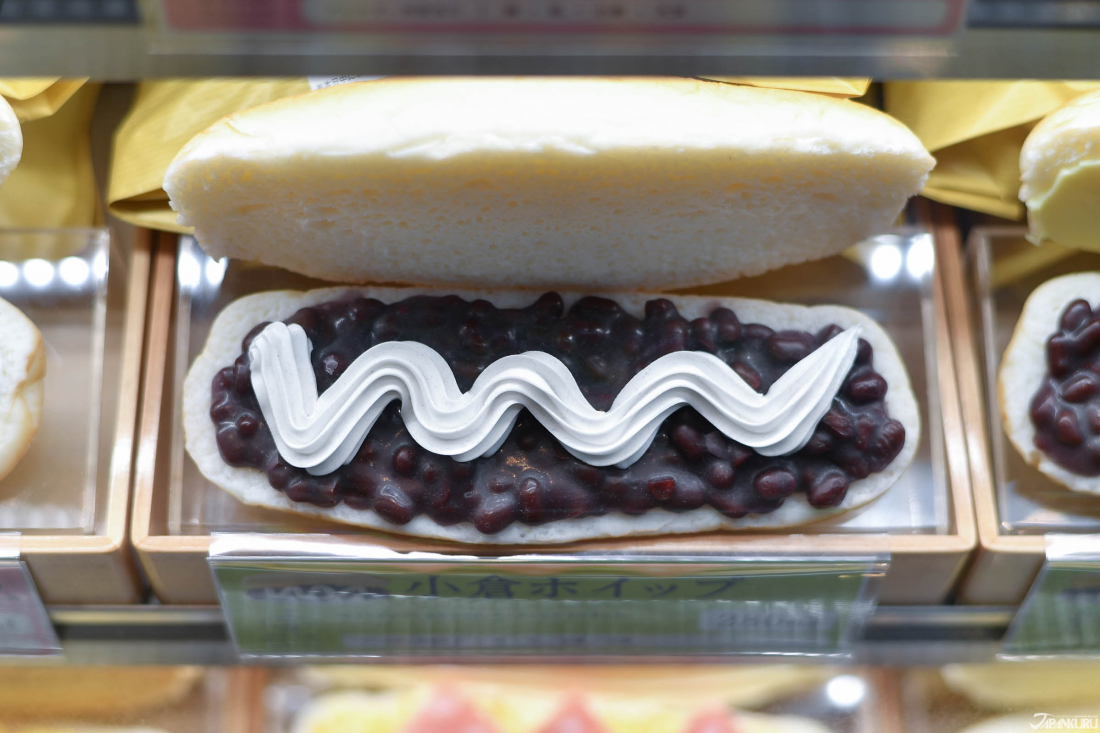


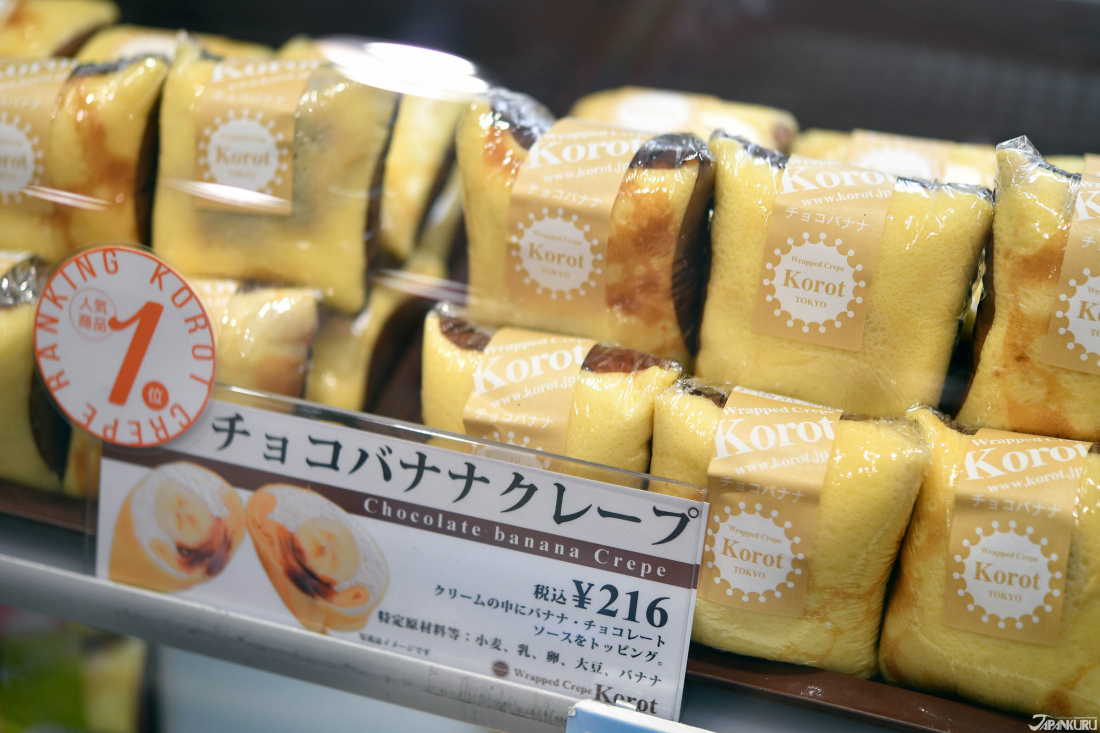

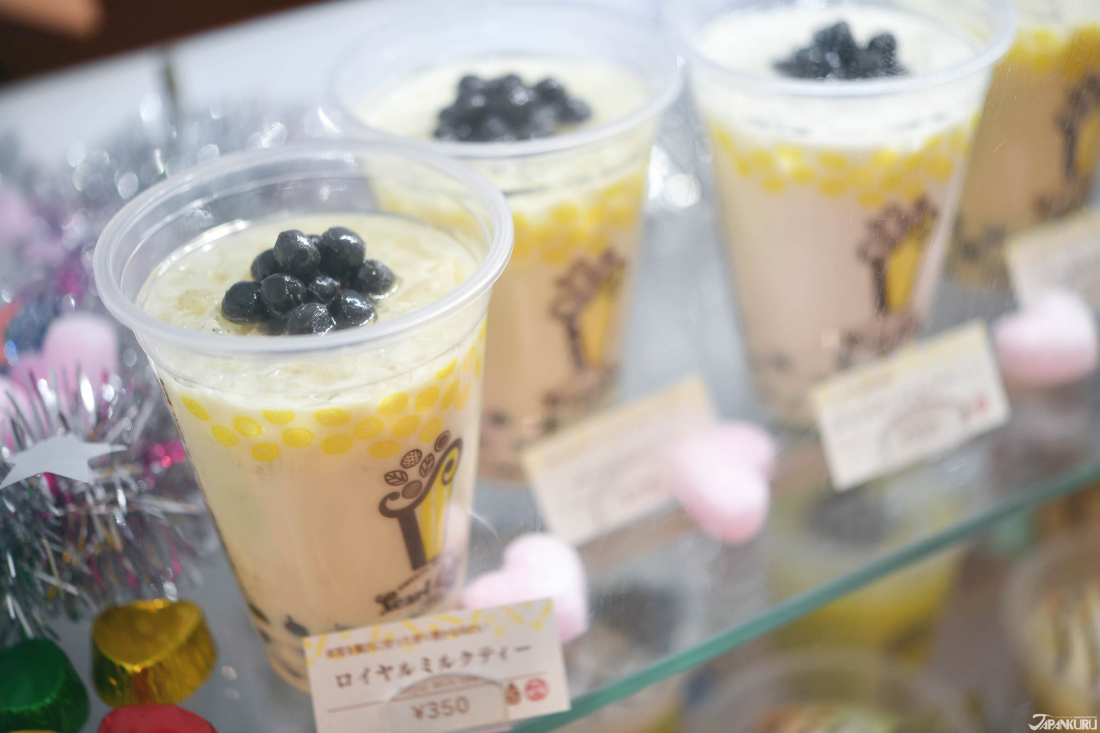
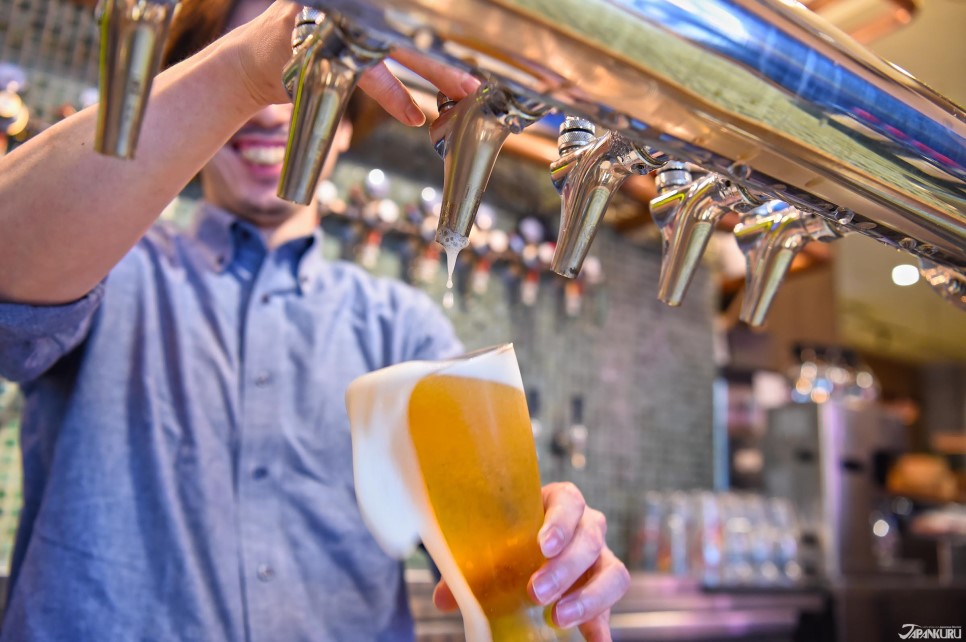


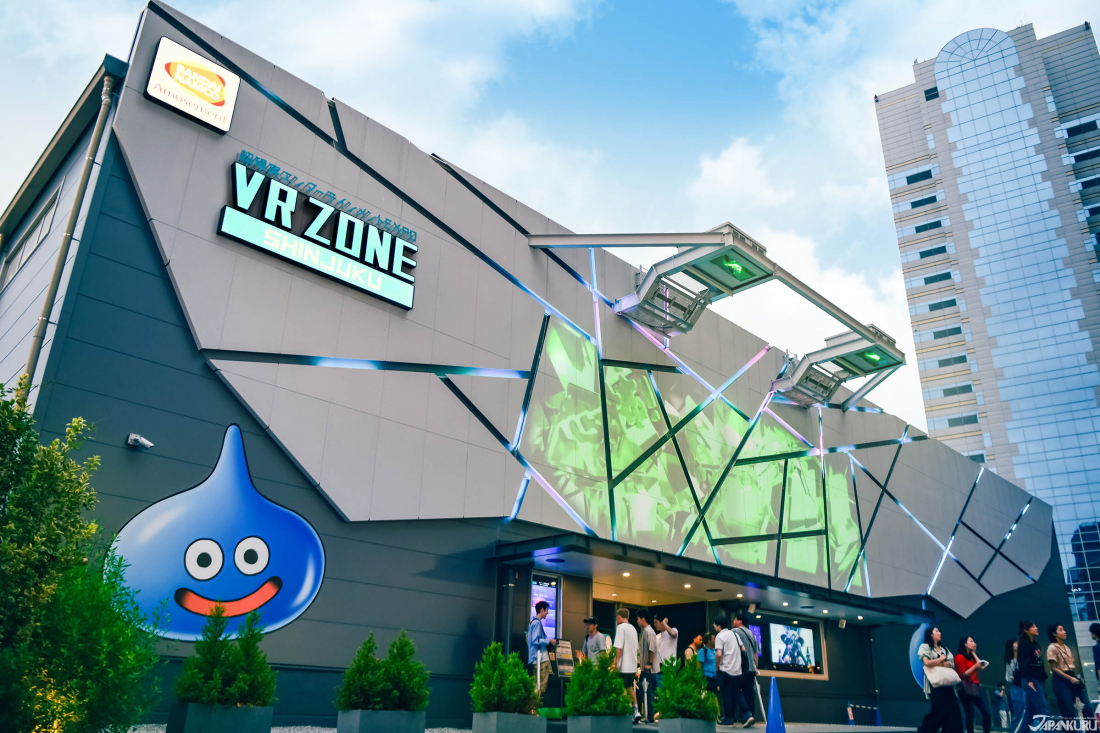

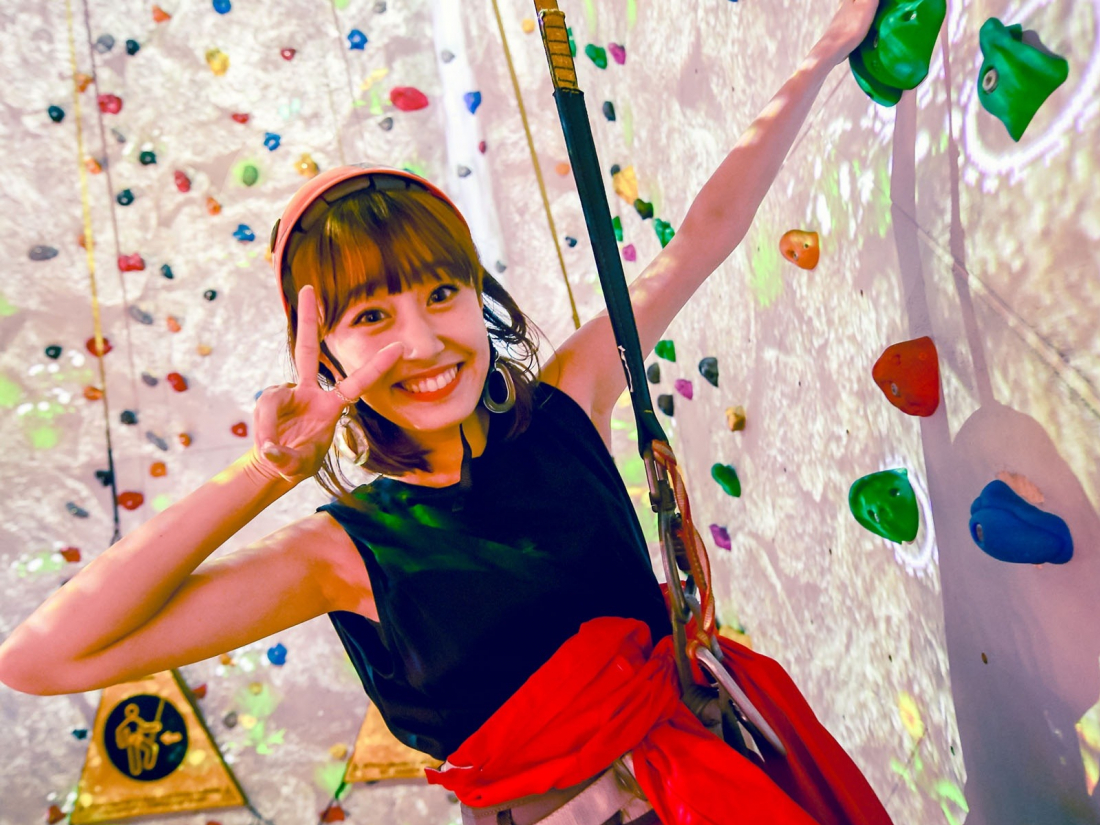





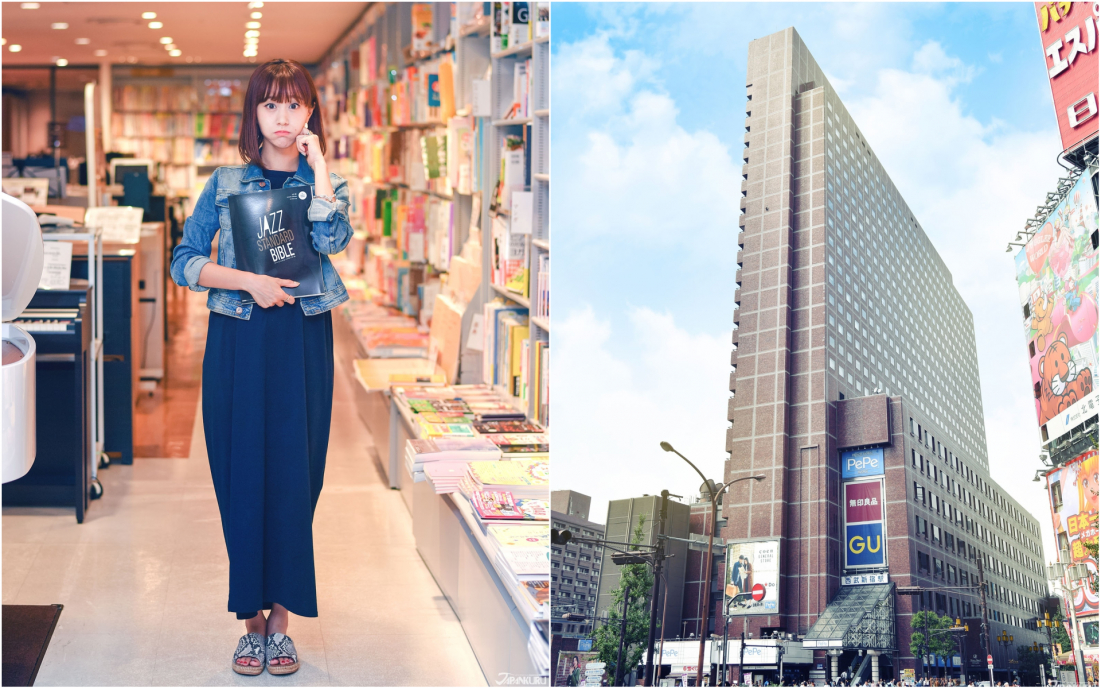






 >> Find out more at Japankuru.com! (link in bio)
#
>> Find out more at Japankuru.com! (link in bio)
#





 The Robot Restaurant is gone, but the Samurai Restaurant is here to take its place. Check it out, and don't forget your coupon!
The Robot Restaurant is gone, but the Samurai Restaurant is here to take its place. Check it out, and don't forget your coupon!
 신주쿠의 명소 로봇 레스토랑이 사무라이 레스토랑으로 부활! 절찬 쿠폰 발급중
신주쿠의 명소 로봇 레스토랑이 사무라이 레스토랑으로 부활! 절찬 쿠폰 발급중
 18歲以上才能入場的歌舞秀,和你想的不一樣!拿好優惠券去看看~
#tokyo #shinjuku #samurairestaurant #robotrestaurant #tokyotrip #도쿄여행 #신주쿠 #사무라이레스토랑 #이색체험 #할인이벤트 #歌舞伎町 #東京景點 #武士餐廳 #日本表演 #日本文化體驗 #japankuru #japantrip #japantravel #japanlovers #japan_of_insta
18歲以上才能入場的歌舞秀,和你想的不一樣!拿好優惠券去看看~
#tokyo #shinjuku #samurairestaurant #robotrestaurant #tokyotrip #도쿄여행 #신주쿠 #사무라이레스토랑 #이색체험 #할인이벤트 #歌舞伎町 #東京景點 #武士餐廳 #日本表演 #日本文化體驗 #japankuru #japantrip #japantravel #japanlovers #japan_of_insta
 코지마 x 빅 카메라 쿠폰으로 일본 가전 제품 쇼핑하기
#pr #japankuru #japanshopping #kojima #biccamera #japaneseskincare #yaman #dji #osmopocket3 #skincaredevice #日本購物 #美容儀 #相機 #雅萌 #日本家電 #일본여행 #면세 #여행꿀팁 #일본쇼핑리스트 #쿠폰 #일본쇼핑 #일본브랜드 #할인 #코지마 #빅카메라 #japankurucoupon
코지마 x 빅 카메라 쿠폰으로 일본 가전 제품 쇼핑하기
#pr #japankuru #japanshopping #kojima #biccamera #japaneseskincare #yaman #dji #osmopocket3 #skincaredevice #日本購物 #美容儀 #相機 #雅萌 #日本家電 #일본여행 #면세 #여행꿀팁 #일본쇼핑리스트 #쿠폰 #일본쇼핑 #일본브랜드 #할인 #코지마 #빅카메라 #japankurucoupon
































 Oita Hello Kitty Airport
Oita Hello Kitty Airport  Lands April 13th
Lands April 13th









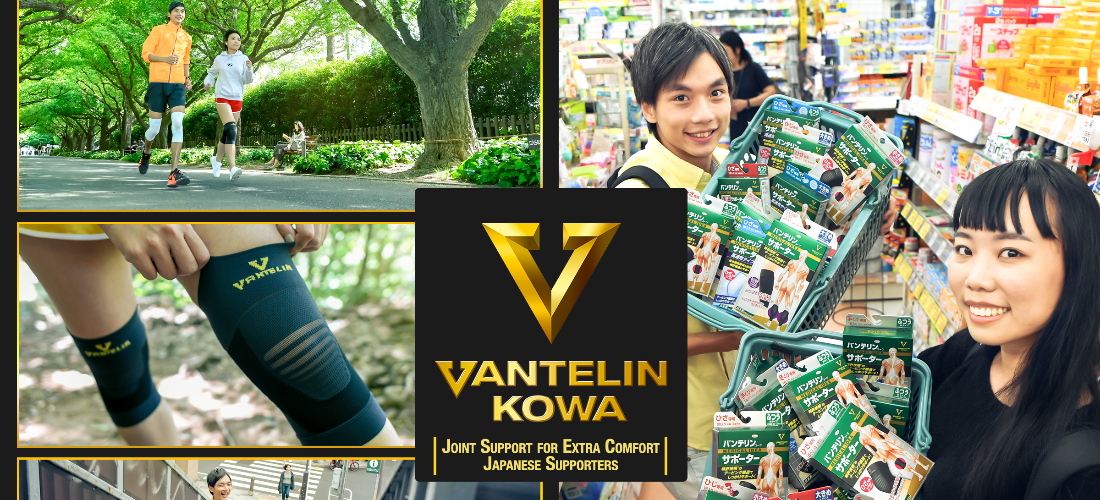
 Japan’s Joint Support VANTELIN
Japan’s Joint Support VANTELIN 